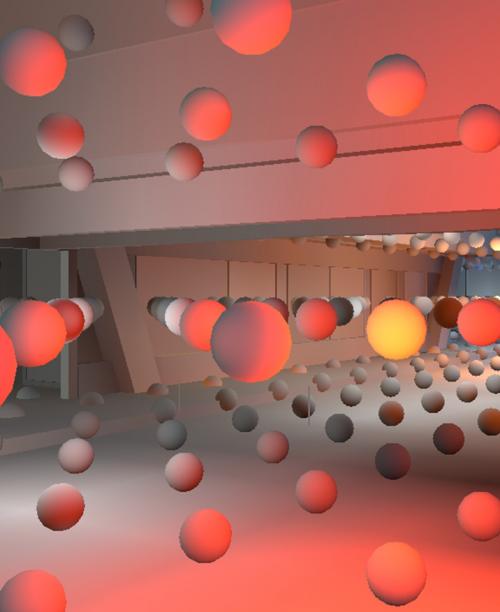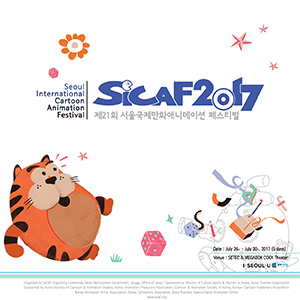 siggraph
siggraph
siggraph
siggraph
Rendering
 Full Conference Pass
Full Conference Pass Full Conference 1-Day Pass
Full Conference 1-Day Pass
Date/Time: 29 November 2017, 09:00am - 10:45am
Venue: Amber 1
Location: Bangkok Int'l Trade & Exhibition Centre (BITEC)
Session Chair: Rui Wang, State Key Lab, Zhejiang University, China
BRDF Reconstruction from Real Object using Reconstructed Geometry of Multi-view Images
Summary: In this paper, we present an effective approach to reconstruct the bidirectional reflectance distribution function (BRDF) from a real object without any special devices and complex setups. Multi-view images are commonly used to reconstruct the three-dimensional (3D) shape of an object, and this is known as photogrammetry. For the purpose of photo-realistic rendering of an object, our approach is practical because it is highly integrated into the photogrammetry pipeline. Our method requires to acquire multi-view images for 3D reconstruction and a few additional images to obtain the reflectance distribution. We use the reconstructed geometry from multi-view images to determine the region of optimal light and view directions according to the existing analytic methods. However, the reconstructed geometry and surface normal tend to contain artifacts. Therefore, we introduced assumptions that are the main contribution of our study to extract the reliable regions from the reconstructed geometry. The results demonstrate that our method effectively acquires a plausible BRDF.
Author(s): Taishi Ono, Nara Institute of Science and Technology
Hiroyuki Kubo, Nara Institute of Science and Technology
Takuya Funatomi, Nara Institute of Science and Technology
Yasuhiro Mukaigawa, Nara Institute of Science and Technology
Speaker(s): Taishi Ono, Nara Institute of Science and Technology
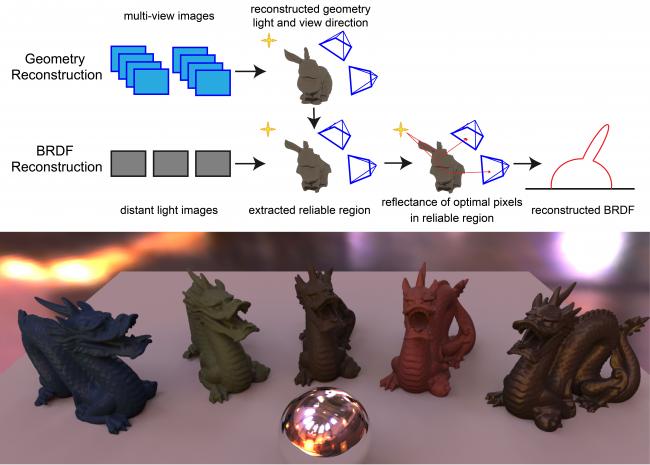
Light Field Blender: Designing Optics and Rendering Methods for See-Through and Aerial Near-Eye Display
Summary: In this study, we propose a novel head-mounted display (HMD) design for near-eye light field display which achieves a see-through and wide field of view for augmented reality. In the past years, many optical elements such as half-mirror, beamsplitter, and waveguide were employed for an optical see-through display. We use a transmissive mirror device (TMD) instead of conventional optical elements. A TMD consists of numerous micro-mirrors and is usually used for real imaging system in the mid-air. We introduce a new method for the TMD plate in order to extend the previous near-eye display to the see-through display. We achieve a wide field of view and comfortable viewing by creating a point light source with a micro-lens array. Our configuration is very simple and consists of a LCD for the image source, a micro-lens array to provide the light field, and a TMD plate to provide the aerial image in front of the eye. We construct a prototype see-through display including a fabricated HMD. We verify the design of our prototype using simulations and experiments, and further discuss the challenges in building a novel near-eye, see-through display.
Author(s): Otao Kazuki, University of Tsukuba
Yuta Itoh, University of Tsukuba
Hiroki Osone, University of Tsukuba
Kazuki Takazawa, University of Tsukuba
Shunnosuke Kataoka, National Institute of Technology, Tokuyama College
Yoichi Ochiai, University of Tsukuba
Speaker(s): Kazuki Otao, University of Tsukuba, Pixie Dust Technologies, Inc.
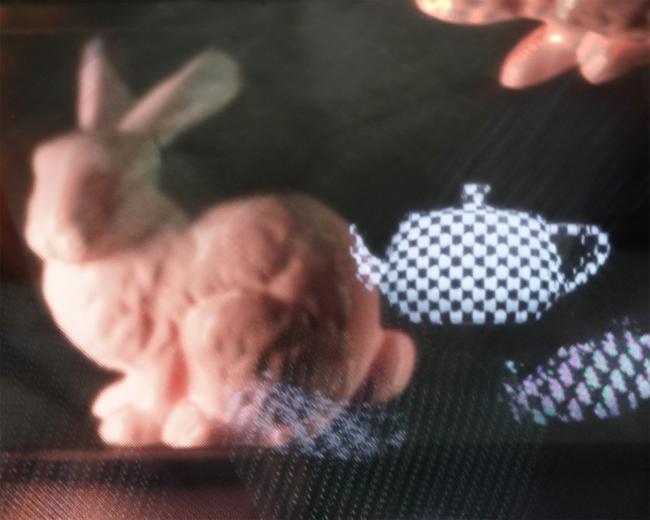
Foveated Instant Preview for Progressive Rendering
Summary: Progressive rendering, for example Monte Carlo rendering of 360 content for virtual reality headsets, is a time-consuming task. If the 3D artist notices an error while previewing the rendering, he or she must return to editing mode, do the required changes, and restart rendering. Restart is required because the rendering system cannot know which pixels are affected by the change. We propose the use of eye-tracking-based optimization to significantly speed up previewing the artist's points of interest. Moreover, we derive an optimized version of the visual acuity model, which follows the original model more accurately than previous work. The proposed optimization was tested with a comprehensive user study. The participants felt that preview with the proposed method converged instantly, and the recorded split times show that the preview is 10 times faster than conventional preview. In addition, the system does not have measurable drawbacks on computational performance.
Author(s): Matias Koskela, Tampere University of Technology
Kalle Immonen, Tampere University of Technology
Timo Viitanen, Tampere University of Technology
Pekka Jääskeläinen, Tampere University of Technology
Joonas Multanen, Tampere University of Technology
Jarmo Takala, Tampere University of Technology
Speaker(s): Kalle Immonen, Tampere University of Technology
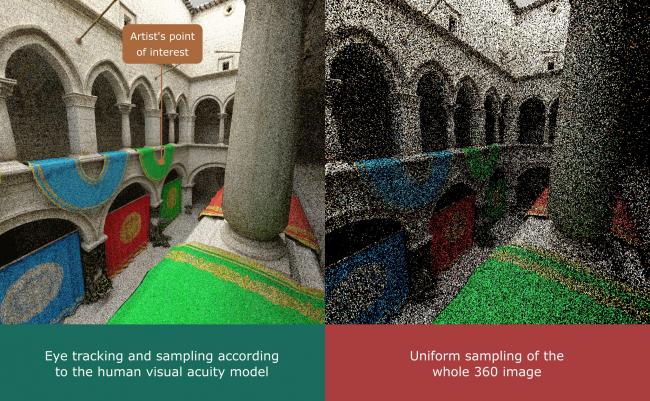
Deringing Spherical Harmonics
Summary: Spherical Harmonics (SH) are a convenient basis for representing various signals in computer graphics, with lighting and visibility being the most common. While the inputs tend to be strictly positive, after projection the reconstructed function can be negative. The projection can also exhibit "ringing" artifacts, oscillations that are common with least squares. This paper presents an algorithm to efficiently and conservatively solve for a windowing function that results in a strictly positive function by minimizing a univariate polynomial that works well for irradiance signals in video games
Author(s): Peter-Pike Sloan, Activision, Inc.
Speaker(s): Peter-Pike Sloan, Activision
